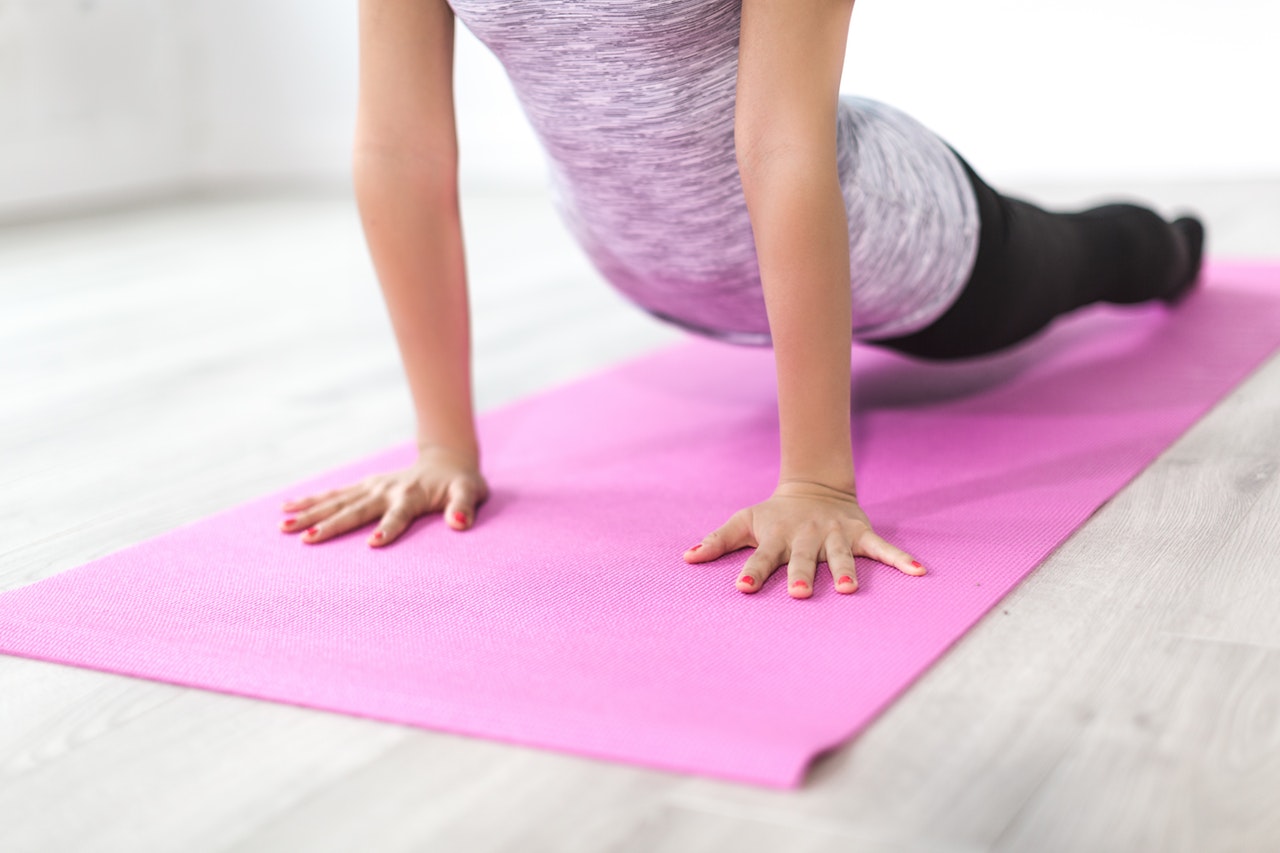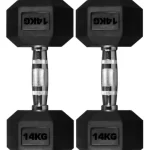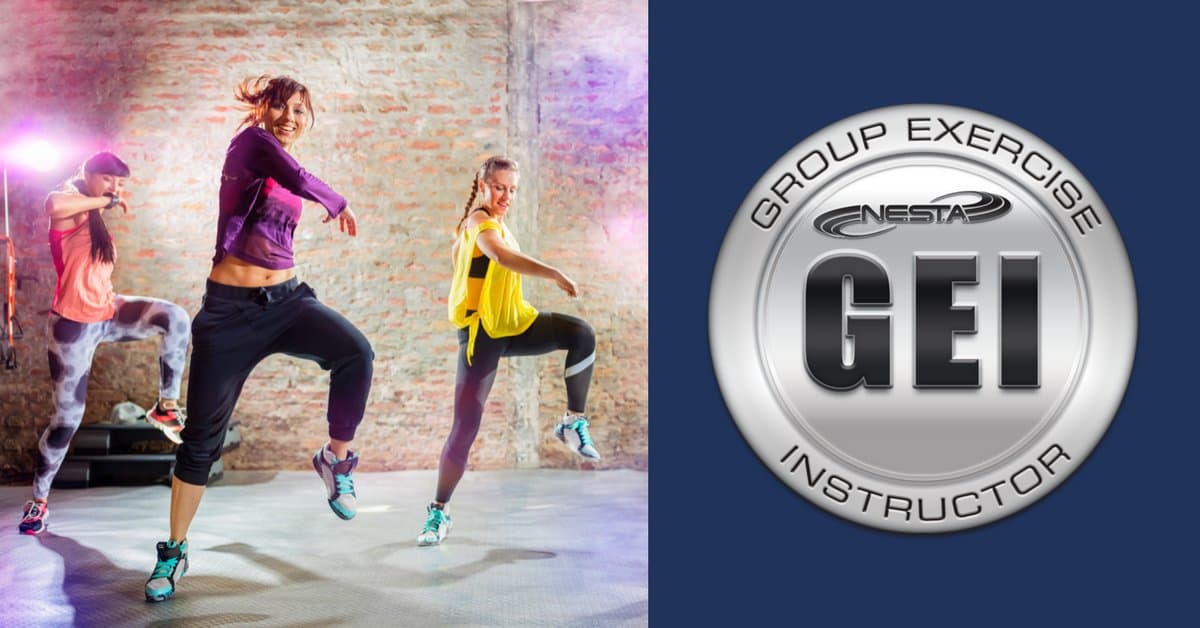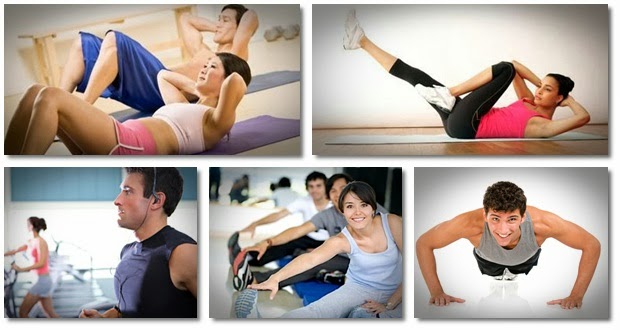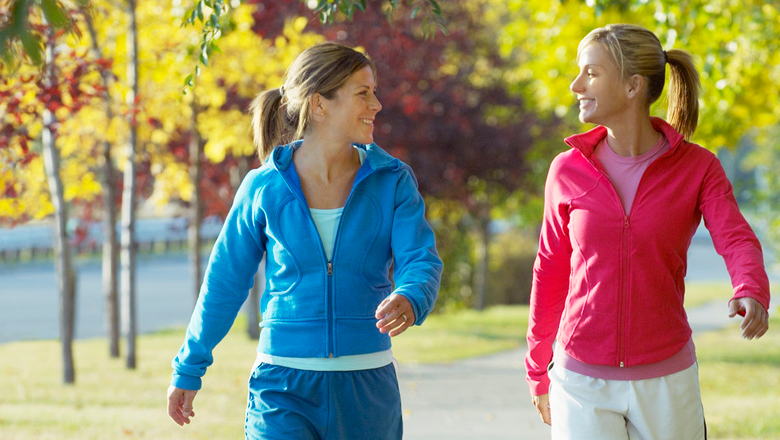Looking for a low-impact move that builds serious strength and control? The bird dog exercise checks every box. It targets your core stability, sharpens coordination, enhances posture, and supports functional movement—all without requiring equipment or a gym.
Ideal for beginners, athletes, or anyone recovering from injury, the bird dog is easy to learn but challenges your body in a deep, meaningful way. Here’s why this exercise deserves a permanent spot in your fitness routine.
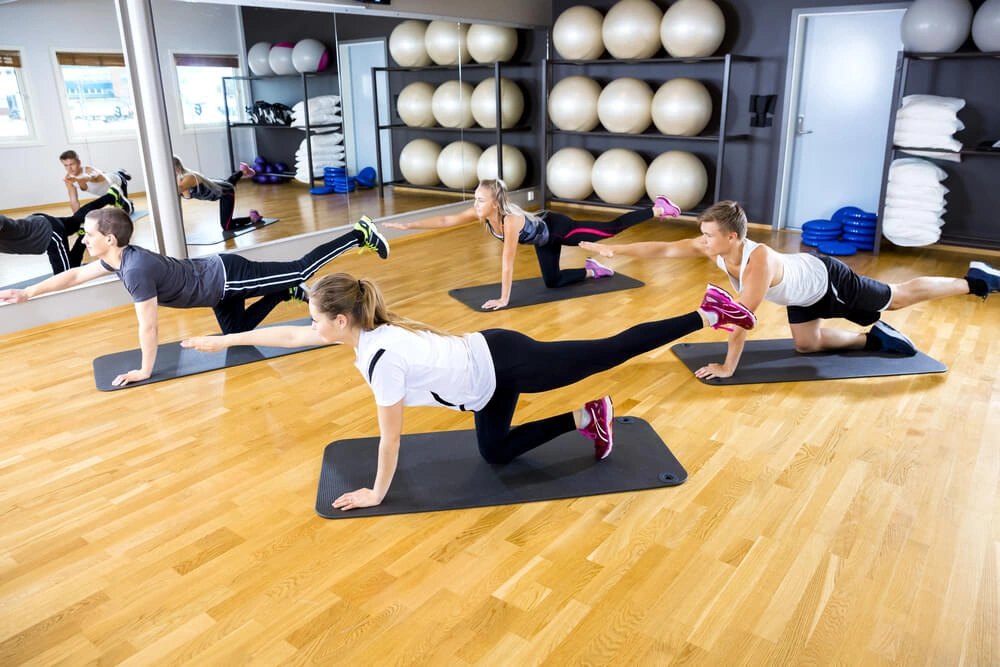
Content
What Is the Bird Dog Exercise?
The bird dog is a bodyweight movement performed on your hands and knees. It involves extending one arm forward and the opposite leg backward, then returning to the starting position—all while keeping your spine neutral and your core engaged.
Though the movement looks simple, maintaining stability through your trunk and limbs requires full-body focus. The name comes from the posture of a trained hunting dog pointing toward its target—alert, aligned, and precise.
It’s a favorite in physical therapy and athletic training circles because it helps retrain the body for efficient, injury-resistant movement patterns.
Why the Bird Dog Works for Every Body
The magic of the bird dog lies in its accessibility. It requires no equipment, minimal space, and no previous fitness experience. Yet it delivers benefits on par with more complex exercises:
- Promotes Core Stability: By forcing you to stabilize your torso as limbs move, the bird dog strengthens your deep abdominal and spinal muscles, which are essential for injury prevention and performance.
- Improves Balance and Coordination: The cross-body movement teaches your brain and muscles to communicate more effectively, enhancing neuromuscular control.
- Boosts Mobility in a Controlled Way: Reaching through the shoulder and hip joints promotes safe, functional range of motion.
- Reduces Joint Stress: As a low-impact movement, it’s joint-friendly and suitable for those with knee, back, or hip concerns.
- Translates to Real-World Strength: Whether you’re lifting groceries, carrying a child, or running up stairs, this move reinforces the kind of functional movement you rely on every day.
The bird dog is also a go-to in prehab and rehab programs because it helps reestablish movement control without overloading the body.
What Muscles Are Activated During the Bird Dog Exercise?
While it’s classified as a core exercise, the bird dog activates a range of muscle groups across the body:
- Core: Transverse abdominis, rectus abdominis, and obliques
- Spinal Stabilizers: Multifidus and erector spinae
- Glutes: Especially gluteus maximus on the extended leg
- Upper Back & Shoulders: Trapezius, deltoids, and rhomboids
- Legs: Hamstrings and quadriceps to maintain limb control
Together, these muscles form a kinetic chain that keeps you upright, balanced, and powerful in motion.
Step-by-Step Guide: How to Do the Bird Dog Exercise
Master the movement with proper alignment and control:
- Start in Tabletop
Position your hands under your shoulders and knees under your hips. Keep your spine neutral, eyes looking down, and weight evenly distributed. - Engage Your Core
Gently draw your navel toward your spine to stabilize your torso. Don’t let your ribs flare or hips sag. - Extend Arm and Opposite Leg
Reach your right arm straight forward while extending your left leg back. Imagine lengthening your body from fingertips to toes. - Hold for 2–5 Seconds
Focus on balance. Keep your hips square and avoid rotating or arching your back. - Return Slowly
Lower your limbs with control. Reset before switching sides. - Repeat for 8–12 Reps Per Side
Perform 2–3 sets, focusing on movement quality.
Form tip: Keep your breathing steady—inhaling as you extend, exhaling as you return to center.
Pro Tips: Common Mistakes and How to Fix Them
Even though it’s a beginner-friendly move, the bird dog requires precision. Here’s how to avoid the most common errors:
Mistake 1: Letting the Back Arch
This often happens when trying to lift the leg too high. Instead, prioritize spinal alignment.
Mistake 2: Tilting the Hips
If your hips twist during the reach, your core isn’t fully engaged. Reset and slow down.
Mistake 3: Not Controlling the Return
Rushing the return phase reduces the effectiveness. Focus on moving with intention.
Mistake 4: Looking Forward
Keep your gaze down to avoid neck strain and promote a neutral spine.
Bird Dog Variations for Every Level
Want to modify or advance the exercise? These versions help you adapt to your current fitness level:
- Beginner: Try extending only one limb at a time (just the arm or leg) until you master core control.
- Wall Bird Dog: Press your hand and foot into a wall for extra tactile feedback and spinal alignment.
- Bird Dog with Resistance Band: Attach a band to your foot or hand to increase resistance and intensity.
- Bird Dog Crunch: After extending, bring your elbow and knee to meet under your torso before returning to the start.
Each variation keeps the movement pattern intact while adjusting the challenge based on your needs.
Who Should Do the Bird Dog?
The better question might be—who shouldn’t? This exercise is suitable for:
- Beginners building core stability
- Older adults seeking balance and posture improvements
- Athletes improving cross-body control
- People recovering from back or hip injuries
- Runners and cyclists aiming to improve functional movement
- Anyone wanting a no-equipment move for daily mobility
It’s especially useful as part of a warm-up or cooldown, helping activate muscles before compound movements or wind the body down after a tough session.
The Takeaway
The bird dog exercise might not look flashy, but its impact is deep and far-reaching. It strengthens your body’s foundation by reinforcing core stability, encouraging mobility, and refining your sense of coordination—all in one simple, low-impact move.
Whether you’re starting your fitness journey or fine-tuning your routine, the bird dog is a powerful way to improve posture and unlock better movement from head to toe. Add it to your daily practice, and experience the strength of control.
FAQs
What does the bird dog exercise do?
The bird dog strengthens core muscles, improves posture, enhances balance, and promotes functional movement—all without equipment.
Is bird dog a core exercise?
Yes, the bird dog is a highly effective core exercise. It activates the deep abdominal muscles, spinal stabilizers, and glutes for total core control.

Helen Bradley is a health blogger and the founder of her own blog about fitness. She has been blogging for three years now and loves to share what she learns with others. Helen enjoys reading, cooking, and staying active outdoors.


